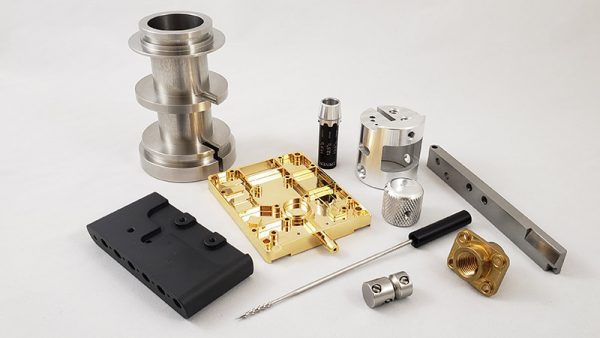CNC machining remains a production process. It allows a pre-programmed PC tool to display the action of machinery and factory devices. The procedure involves controlling several heavy-duty pieces of machinery. For instance, routers and mills to lathes and grinders are examples of the CNC process. With this machining, it’s possible to perform three-dimensional jobs using a few controls. The CNC procedure operates in a different way that makes it unique.
It beats the barriers of manual commands that need human workers to guide and handle the rules. It means that the machining operation will not need wheels, buttons, and levers. A novice may think that the CNC procedure looks like a set of PC devices. The consoles & software programs of CNC separates it from any method of computation.
CNC Machines – Discover The Various Types:
When talking about CNC machining, you’ll find several available types. Plasma cutters, CNC mills, lathes, and water jet cutters are some types on the list. With CNC mills, the operation can be via programs containing letter & number commands. The plasma cutters also operate by allowing a torch to cut through materials.
For lathe machines, a piece of material gets cut with indexable tools in a circular direction. With high velocity & precision, lathe machines have been able to produce excellent results. Water jets are often in use during the CNC process to cut hard materials. For instance, metal and granite will have to pass through a water jet cutter to get a better result. If you want to shape factory machine parts, then using a water jet cutter will work.

CNC-Machining-Milling-Turning*
The Programming Of A CNC Machine:
Numerical controls are what operate machines in CNC. In CNC, an object operates with the help of software programs. G-code is the backbone of the language that helps the CNC machining process to continue to work. The code comes with a simple design to handle several characters of any machine in operation. The operation of a CNC machine involves the control of the coordination, feed rate, and velocity. It’s possible to pre-program the position and speed of machine tool operations via the CNC.
It also operates them via software in predictable and repetitive cycles. When talking about production, the capabilities of a CNC machine remain excellent. For example, companies into plastic & metal production love using CNC machines. Beginners can make use of a 3D or 2D CAD drawing and later put into a PC code for the CNC machine to work. To make sure that no error occurs, the human worker will give the process a try by using coding.
Uses Of CNC Machines:
- Turret punchers
- Wood routers
- Embroidery machines
- Glass cutters
- 3D printers
- Cylindrical grinders
- Laser cutters
- Foam cutters
- Wire-bending machines
What You Should Know About CNC Machining:
The right program will unveil when the CNC system remains in operation. The perfect cuts you want will be programmable in the software. It then dictates to corresponding machinery and tools. The dimensional jobs will be able to take place like a robot. The code generator in CNC programming believes mechanisms are faultless even with errors.
It may be true if you use a CNC machine to cut more than in a single direction. Punch cards are the sources of inputting data in a CNC machine. With the help of small keyboards, it’s possible to send information into CNC machines. One thing is for sure, no CNC process, or system remains static. It’s because innovative commands are always adding to existing programs.
Reference
*Image from https://www.tanfel.com/
